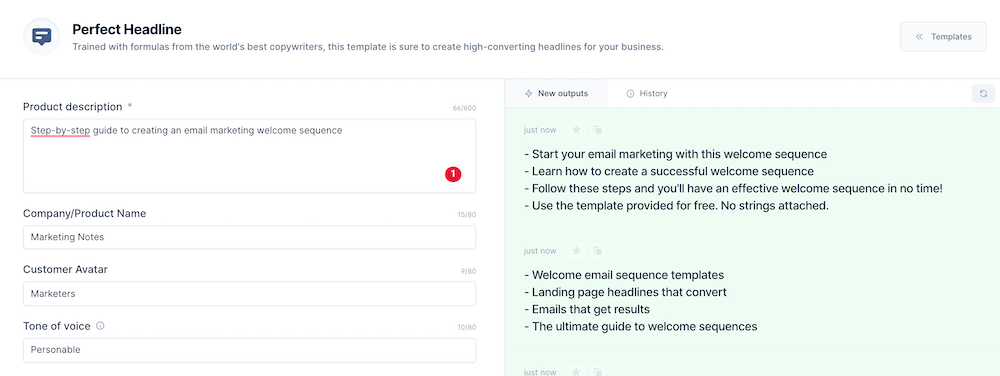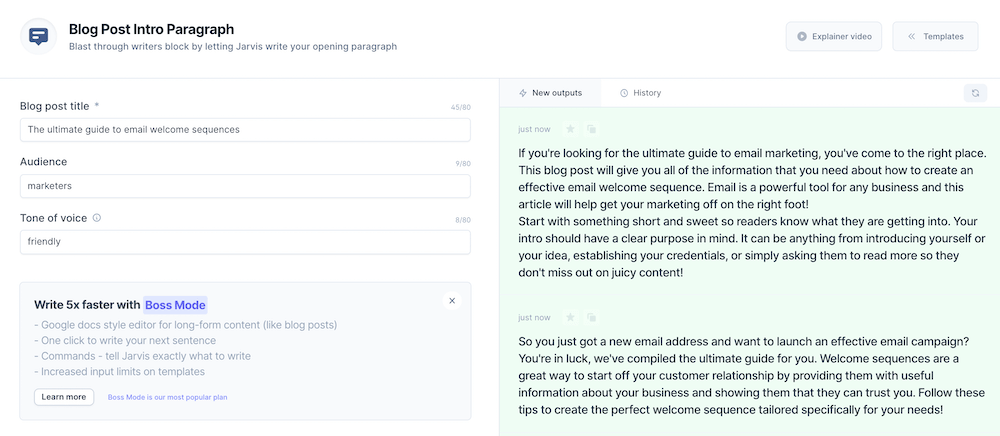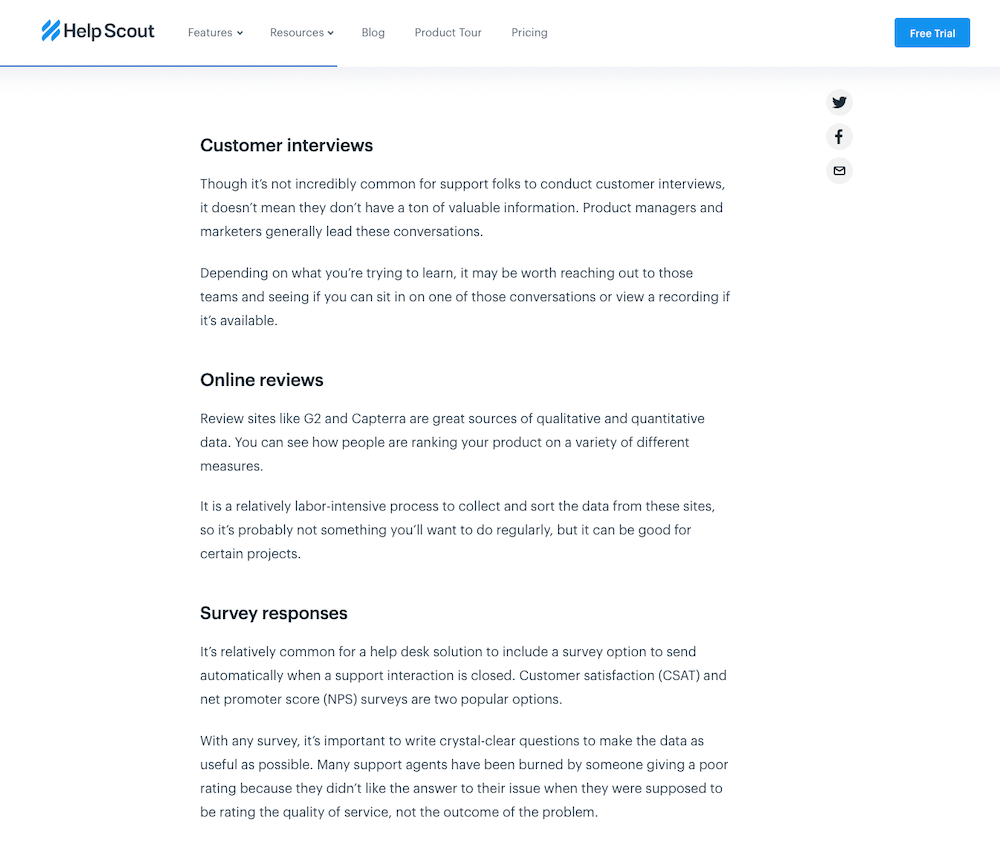Free
How to Structure a Blog Post That Stands Out
Looking to structure your blog post effectively? Discover 8 essential steps that will make your content stand out and keep readers engaged.
With around 7 million blog posts published daily, competition is fierce. But don’t worry – many of those posts lack quality or valuable information. By creating informative and valuable content, you can set yourself apart and build credibility for your business. And one of the simplest yet often overlooked aspects of writing a blog post is its structure. The way your post flows and the transitions you use to guide readers from one section to the next are key to creating compelling content that keeps readers hooked.
Why is a good blog structure so crucial?
Firstly, a well-structured blog post is easier for readers to consume. The more readable your post is, the more likely readers will stay engaged until the end and benefit from the value you provide.
Additionally, a well-structured post also benefits your SEO efforts. Improved readability increases the likelihood that your audience will find the answers they’re seeking. As people spend more time on your site, search engines like Google take notice and give your posts higher visibility in search results.
Here are 8 steps to achieve a perfect blog post structure:
1. Craft an attention-grabbing title

Your blog post’s title is the first thing readers see, and it needs to entice them to click and discover more. Make sure it provides enough information about the content while also promising something valuable. List posts, roundup articles, and how-to guides tend to perform well. Aim for titles with 6-13 words, as they consistently attract the most traffic.
2. Hook readers with irresistible intros

Your introduction sets the tone and determines whether readers continue or click away. Make it compelling by asking questions, highlighting pain points, sharing surprising statistics, telling personal anecdotes, or presenting the end result of what you’ll discuss. For a quick and effective intro, try using Jasper’s blog post intro paragraph template. Just enter the topic, audience, and desired tone of voice.
3. Utilize headings

Nobody wants to read walls of text. Make your blog post scannable and user-friendly by incorporating headers and subheadings. Using H2 and H3 headers breaks up the content and gives readers a preview of each section’s key points. Remember to make your post coherent even if readers only read the headers. Helpscout’s blog writing examples demonstrate the effective use of headings.
4. Embrace short paragraphs and sentences
Long, dense paragraphs are off-putting to online readers. Break up your text into short paragraphs to create white space and make your content visually appealing. Aim for paragraphs of no more than three sentences. This helps maintain readability and gives readers breathing space, especially in lengthy posts. Shopify is a great example of using short paragraphs to enhance scanability.
5. Formatting for Readability
Let’s chat about formatting features that make your blog posts easy to read and engaging. Bullet points and numbered checklists are great ways to break up your content and make it scannable. Plus, they make your posts more exciting and save time for busy readers.
Incorporating bullet points into your blog posts not only helps readers digest information quickly, but it can also improve your search engine rankings by incorporating keywords. And don’t forget to add a call to action at the end of each post to guide your readers to take the next steps.
At BuzzSumo, we use bullet points to highlight key information that our readers will find useful.
6. Enhance with Visuals
Visuals like images, illustrations, infographics, and charts add interest to your blog posts and make them shareable on social media. They also offer a fresh perspective and break up long paragraphs. When planning your blog posts, consider incorporating original graphics, stock photos, and data visualization to make your content more visually appealing.
Intercom, for example, uses screenshots, illustrations, and pull quotes to add visuals to their blog posts.
7. Tell a Captivating Story
While it’s important to lay out the topic, explain its significance, and provide actionable information in your blog posts, storytelling can elevate the overall impact. Incorporating personal anecdotes and following a clear story structure can keep readers engaged for longer and make your posts more memorable.
Even if your topic seems dry, you can still make it interesting by adding personal anecdotes and real-life examples. QuickSprout is a great example of a blog that incorporates storytelling techniques in their posts.
8. Read it Aloud for Fluidity
Before publishing your blog post, read it aloud to ensure a smooth flow. This exercise helps identify any awkward transitions or stilted sections that may need reworking. By reading it aloud, you can fine-tune the structure and ensure a seamless reading experience for your audience.
Improve Your Blog Post Structure Today
Blogging is crucial for business success, attracting customers, boosting search engine rankings, and establishing authority. To make your blog posts stand out, focus on creating a clear and engaging structure. Use formatting features, compelling headlines, and storytelling techniques to capture your readers’ attention.
For even more assistance, tap into Jasper’s powerful templates. From captivating introductions to eye-catching headers, Jasper can help you create compelling blog posts from start to finish.






























